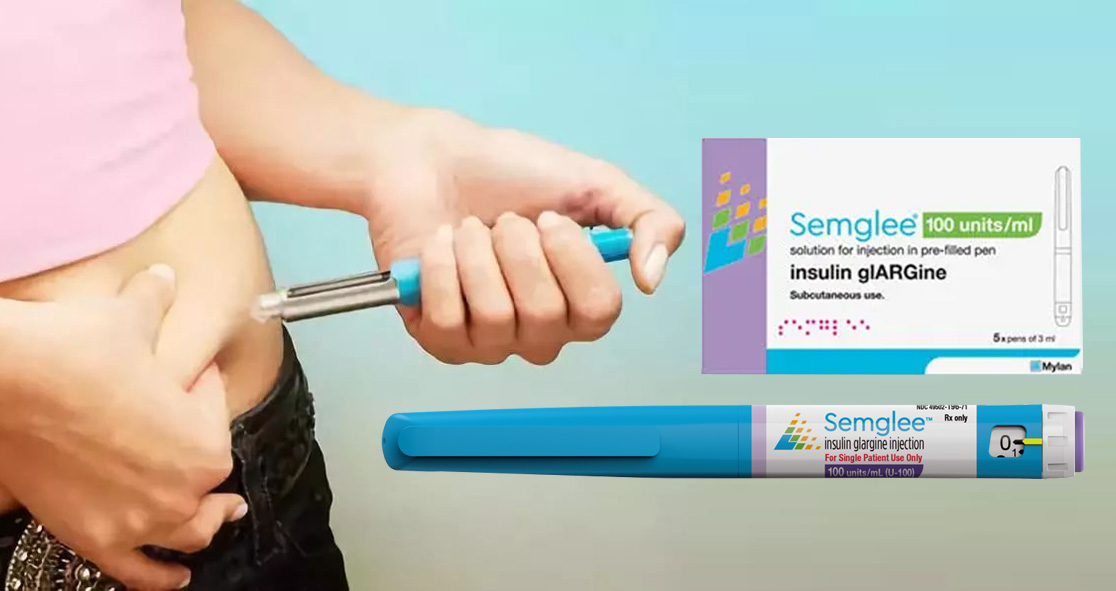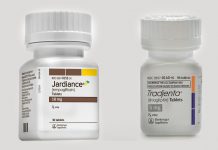Last month, the U.S. Food and Drug Administration (FDA) announced the approval of Semglee, the first interchangeable biosimilar insulin product, which improves blood sugar control in adults and pediatric patients with type 1 diabetes and adults with type 2 diabetes.
Semglee is biosimilar to and interchangeable with its reference product Lantus (insulin glargine), a long-acting insulin analog. It is the first interchangeable biosimilar product approved by the FDA for the treatment of diabetes.
The FDA said the approval of this biosimilar insulin product could offer patients safe, high-quality, and potentially cost-effective options for treating diabetes.
However, GlobalData Healthcare said while patients will be increasingly prescribed Semglee (developed by Viatris/Biocon) over Sanofi’s Lantus due to its competitive pricing, Semglee’s commercial success will be limited due to the declining use of the first-generation long-acting insulins, according to Express Pharma.
GlobalData covers the entire spectrum of the pharmaceutical value system, from suppliers, manufacturers, and distribution channels, all the way through to insights and trends across the globe. It offers in-depth analysis, exclusive news, and complete insight into the pharmaceutical industry.
Samisha Khangaonkar, Analyst – Cardiovascular and Metabolic Disorders, GlobalData Healthcare, said, “Semglee was first approved in 2020 by the US Food and Drug Administration (FDA) as a follow-on biologic, and it is the cheapest biosimilar of Lantus available in the market.”
“Eli Lilly’s Basaglar (insulin glargine), the first-to-market biosimilar insulin (follow-on biologic in the US), is around 22 percent cheaper than Lantus, whereas Semglee is roughly 64 percent cheaper than Lantus in the US based on its wholesale acquisition cost,” she added.
“However, due to the contracts that payers develop with companies and the specific type of insurance held by patients, Lantus, Basaglar, or even Novo Nordisk’s Levemir (insulin detemir) may be cheaper for patients, despite Semglee’s heavy wholesale price reduction,” Khangaokar explained.
“Without interchangeability, prescribers need to specifically name the biosimilar over the reference product in a prescription, which limits the potential for biosimilars to gain market share and compete based on price.”
The FDA’s interchangeability designation allows pharmacies to substitute the cheaper drugs for patients, irrespective of what is on the prescription.
Khangaonkar noted, “This new pathway, and its interchangeability designations, will allow for more biosimilars to not only receive expedited approval but to potentially receive an interchangeability designation and increase the price competition with its branded originator.”
“Despite this interchangeability designation, access to the lower pricing of Semglee is entirely dependent on Viatris’ ability to negotiate with private payers in the US.”
“Lantus has been the gold-standard long-acting insulin analog and is still the long-acting insulin with the greatest patient shares across type-I and type-II diabetes. It will be important for Viatris to capitalize on the interchangeability designation to establish itself early on, as the overall patient shares of insulin glargines are expected to decrease over the next ten years,” she added.
Khangaonkar went on to say, “While Pfizer is not an established player in the insulin space, we expect that it will still be able to provide brand recognition in the insulin arena and provide manufacturing validity to biosimilars launched by Biocon/Viatris by nature of Pfizer’s long history in the overall pharmaceutical space.”
“According to interviewed payers, the currently very competitive pricing of Semglee, coupled with the increased biosimilar trust demonstrated through the interchangeability designation, will make it harder for Lantus to compete and will likely encourage payers to develop biosimilar contracts with Viatris/Pfizer.” The article was originally published in Express Pharma.





















